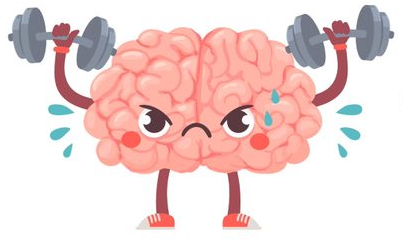REWIRING FOR RESILIENCE
Strength Training For Your Brain:
reduce the negative effects of stress
increase focus and productivity
improve outcomes in all areas of life
The Practices
We recommend you practice regularly between sessions to get the most benefit from this training. You get to decide the exact amount of time you want to spend, but research supports 8 to 12 minutes most days as an effective minimum. Each week, we’ll provide a couple of recorded practices for you to use.
You can download and/or print this log to keep track of your practice and monitor your progress.
In this 9-minute connection practice, we send well wishes to people we love or who make us happy, to ourselves, to strangers, and to challenging people in our lives.
Week Four
During this 7-minute practice, we give and receive, starting with giving ourselves permission to accept things as they are, receiving the here and now.
This Week’s Micropractices
Hum: Try a few rounds of Row Row Row Your Boat, aloud or under your breath. This vibrates your nostrils, which releases nitrous oxide to promote blood flow and clear thinking.
Lose Your Phone: On average, we reach for our phones 185 times per day. Try stashing it in a drawer until you really need it or leaving it in the car when you go into a store or restaurant to wean yourself from feeling dependent on it.
Week Three
This 6-minute practice plays on a concept from Joan Halifax, PhD, that you can create a sense of “having your own back” by bringing strength and attention to the back of the body.
Especially during times of stress, we tend to look outside ourselves for comfort and security. This practice cultivates an awareness of the internal resources we always have on hand to soothe ourselves.
This Week’s Micropractices
“Only this moment”: As you breathe in and out, say these words aloud or in your head. On the inhale: “Only”; on the exhale: “this moment.” Repeat this for several breaths. Doing this actually sends blood to the area of the brain that houses your impulse control center, reducing anxiety and that feeling of being caught by the emotion of a moment.
R.A.I.N.: This acronym, popularized by mindfulness teacher Tara Brach, PhD, encourages us to take a pause and Recognize what is happening in the moment; Allow it to just be; Investigate our response with interest and care; and Nurture ourselves with compassion.
Count: This version of the simple micropractice from last week takes it further with instructions to count on your fingers things you feel grateful for in the moment. It may be a sunny day, your family or a favorite pet, or something more difficult to define, such as the feeling around connecting with a like-minded community.
Week Two
This is a basic toes-to-head body scan, intended to help you reconnect to your physical self and relax, without judgment, any tense areas in the body.
This practice helps us cultivate self-awareness by focusing attention on body sensations — especially helpful because our body sensations aren’t in the future or the past. They’re right here in the present.
This Week’s Micropractices:
Rub your hands together: This warming action mimics the sensation we experience when we feel comfortable, cozy, and safe, and also bilaterally stimulates your brain, improving communication between the logic and emotion halves.
Count on your fingers or count objects in your view: Uncertainty causes stress. Counting calms the brain because it produces the sense of security that comes from being able to predict what’s next.
Lick your lips: This habit produces saliva, which activates the “rest and digest” system. It’s a simple bio hack that can take the edge off anxiety or stress because the chemical neurotransmitters secreted by the parasympathetic nervous system lower heart rate and blood pressure.
Close your eyes: By blocking the steady stream of visual stimuli, you give your brain a much-needed rest and allow it to return to baseline.
Week One
This is a simple 5-minute practice using your breath as the anchor. When your mind wanders, which it will, gently escort your attention back to the breath.
Through this 5-minute focused-attention practice, we continue to develop an awareness of the simplest act — breathing.

